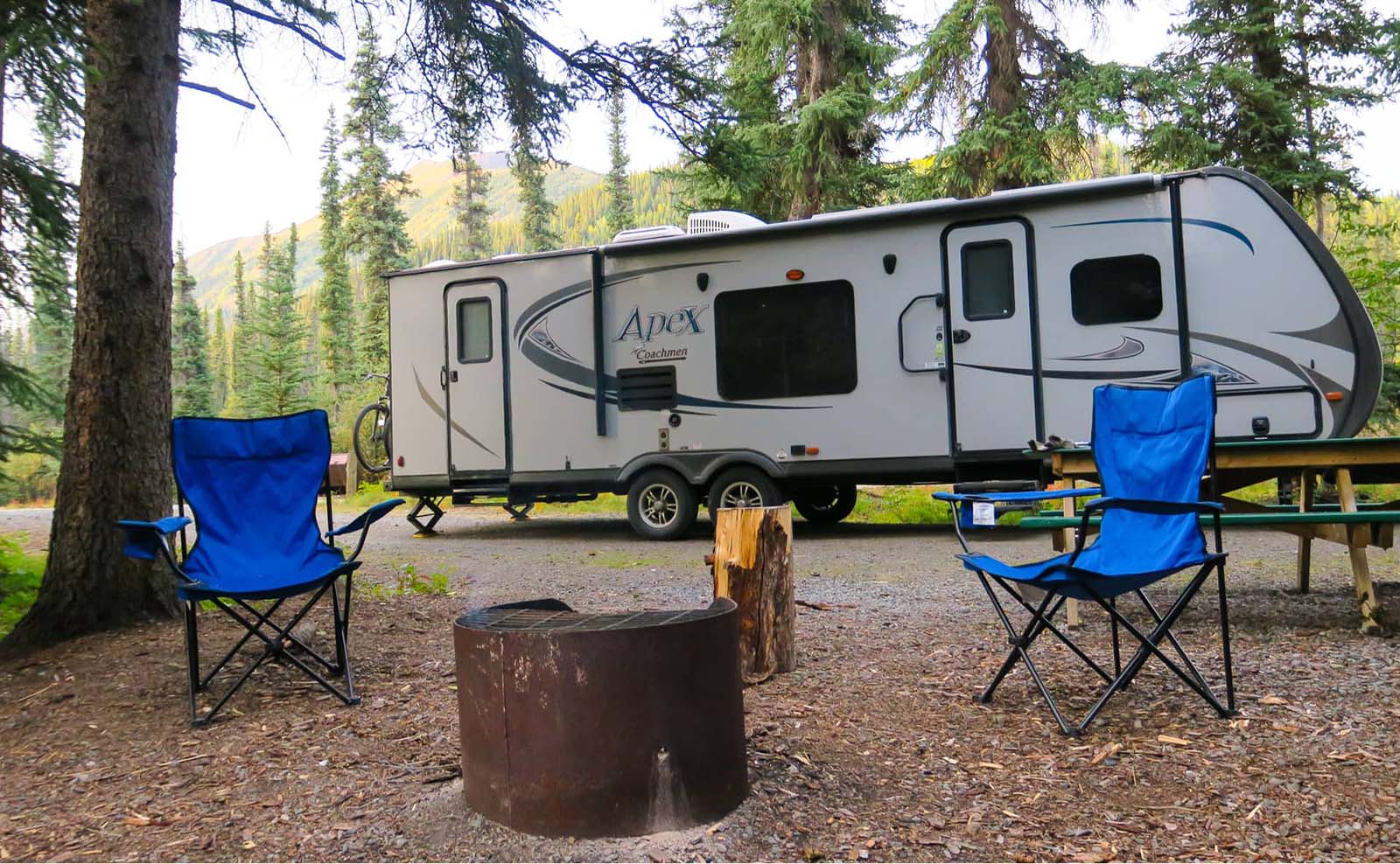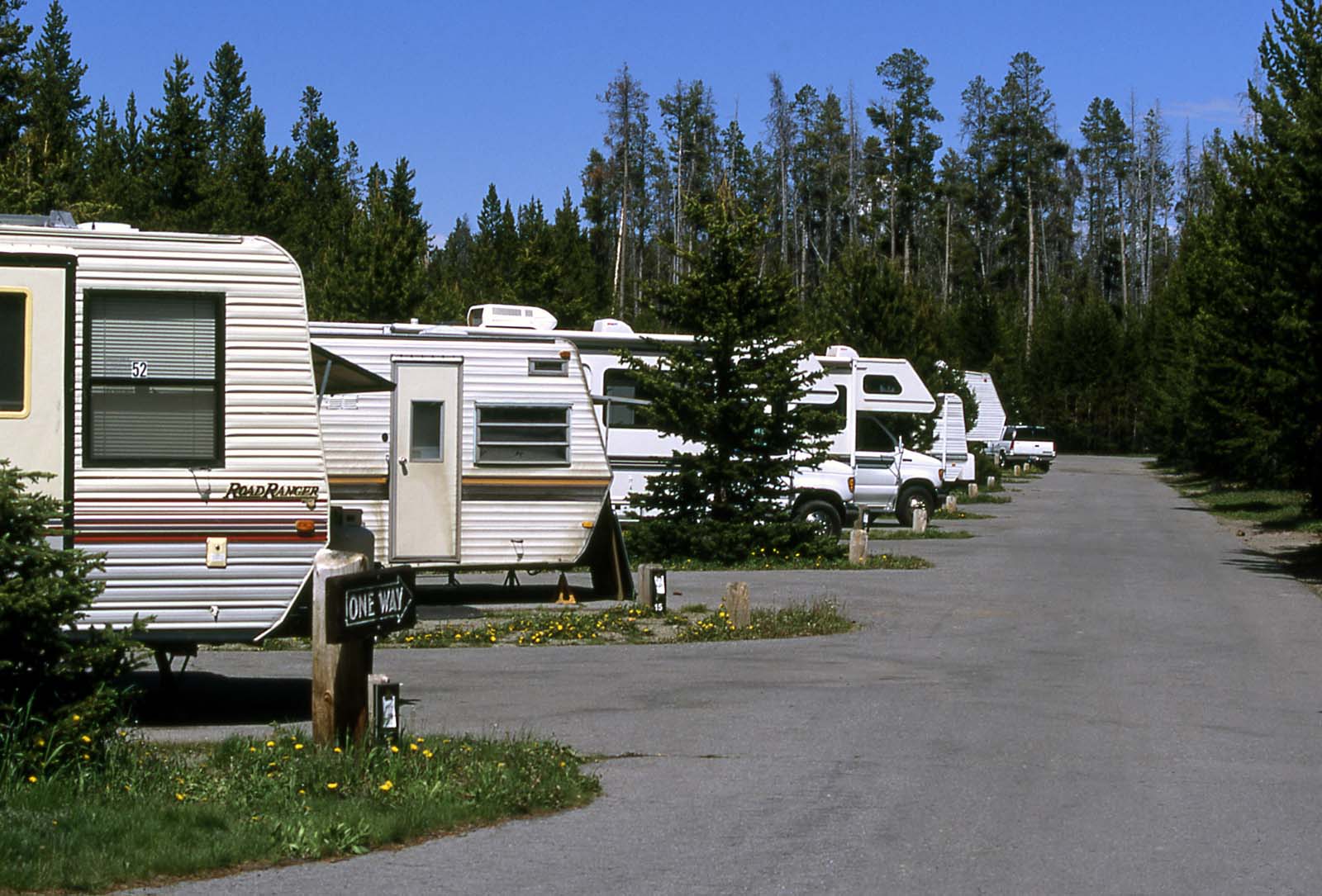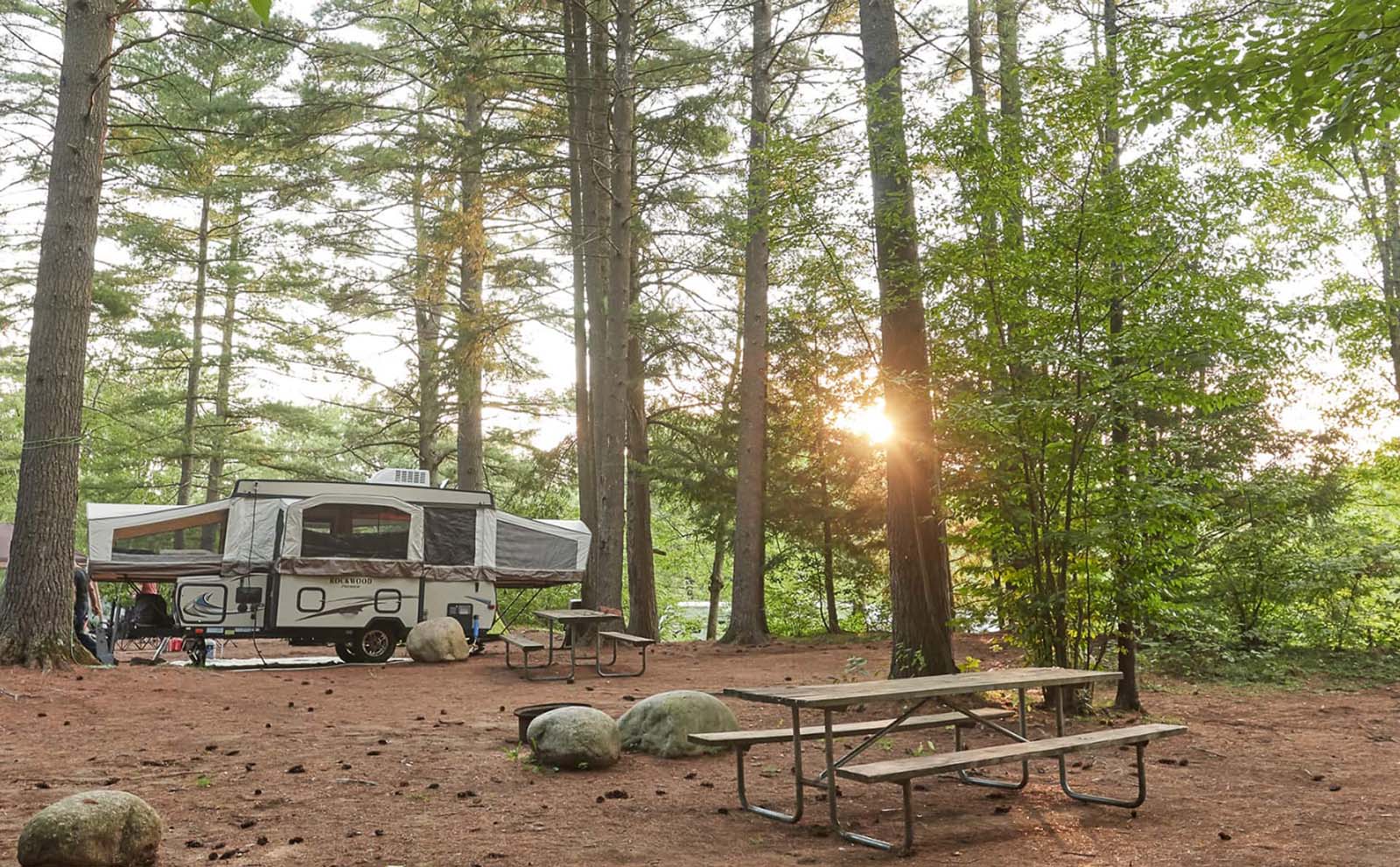How to Add a Second Battery to Your RV

H2: Introduction
If you are an avid RVer, you know the importance of having a reliable power source while on the road. Adding a second battery to your RV can greatly extend your power supply and enhance your overall camping experience. In this article, we will discuss the step-by-step process of adding a second battery to your RV, ensuring your power needs are met during your adventures.
H2: Assessing Your Power Requirements

Before diving into the installation process, it is crucial to assess your power requirements. Calculate the total power consumption of all the appliances and devices you plan to operate simultaneously during your RV trips. This will help determine the appropriate capacity of the second battery you need to install. Additionally, consider the available space in your RV for the new battery and whether it can accommodate the extra weight.
H2: Choosing the Right Battery
Once you have determined your power requirements, it is time to select the right battery for your RV. Opt for deep-cycle batteries as they are designed to withstand continuous discharge and recharge cycles. AGM (Absorbent Glass Mat) batteries are a popular choice among RVers due to their maintenance-free operation and excellent resilience against vibrations. Ensure the chosen battery is compatible with your RV’s charging system and matches the capacity requirements you calculated earlier.

H2: Installing the Second Battery
Now that you have the necessary battery, it’s time to install it in your RV. Start by disconnecting the negative terminal of the existing battery to ensure safety. Next, select a suitable location for the second battery, preferably close to the first one to minimize wiring distance. Install battery hold-down brackets to secure the battery in place. Proceed by connecting the positive terminal of the first battery to the positive terminal of the second battery using heavy-duty cables. Repeat the same process for the negative terminals. Finally, reconnect the negative terminal of the first battery.
H2: Charging and Maintenance
To ensure optimal performance and longevity of your new battery, it is essential to set up an efficient charging and maintenance system. Install a battery isolator or a battery charging relay to prevent the second battery from draining the power of the first one when the engine is not running. Consider installing a solar panel system to keep both batteries charged, especially during extended stays in remote camping locations. Regularly monitor the battery’s charge level and perform periodic maintenance like checking the water levels and cleaning the battery terminals.
H3: Conclusion
By adding a second battery to your RV, you can enjoy extended power supply during your travels and make the most out of your camping experience. Ensure you accurately assess your power requirements, choose a suitable battery, and properly install and maintain it. With the additional power source, you can confidently embark on your RV adventures, knowing that your electrical needs will be met throughout your journeys.

